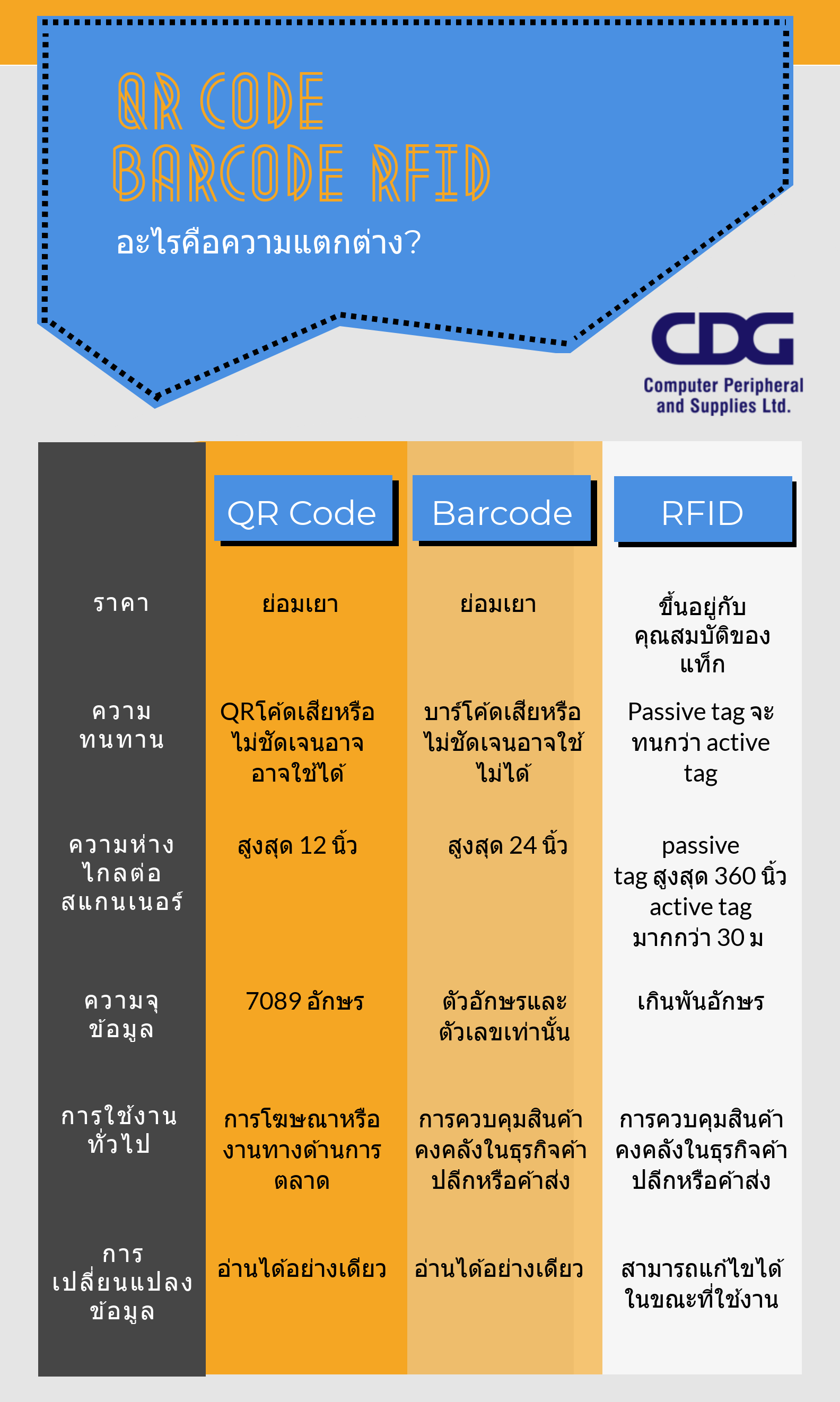When purchasing barcode scanners, you may be wondering what the difference between 1d and 2d scanners are. In this article, we will be highlighting these differences to help with your purchase decision.
1D Scanners
As the most popular type of scanner in the market, 1D barcode scanners rely on camera-based scanners or laser scanners to scan 1D barcodes. Within a maximum scanning range of 24 inches, 1D barcode scanners are typically available in corded or cordless models and may come in a variety of forms (e.g. handheld or desktop).
Since 1D scanners are limited to only 1D barcodes, this restricts the amount and variety of data that they can decode. By its nature, 1D barcodes are limited to alphanumeric information; this is due to their one-dimensional design that comes in the form of a distinctive combination of vertical lines varying in thickness. Additionally, the 1D barcode system also relies on an external database to be decoded.
2D Scanners
Unlike 1D barcode scanners, 2D scanners have the advantage of being able to scan omnidirectionally from over 36 inches away and can decode illegible or damaged barcodes. Furthermore, 2D barcode scanners can decode barcodes with greater accuracy and speed.
Considering that 2D barcode scanners can scan both 1D and 2D barcodes, they possess the added benefit that comes with the 2D barcode system. 2D barcodes come in the form of geometric patterns (e.g. dots, hexagons, squares), so information is encoded two-dimensionally (horizontally and vertically). Due to its 2D design, 2D barcodes can store greater amounts of information in a variety of forms (e.g. websites, voice, images, etc.). Furthermore, having 2D barcode scanners means that you do not require connection to an external database.
Common Applications
Since each type of barcode scanner has its own unique set of features, they are often applied in different settings.
With limited data storage, 1D barcodes are commonly used in identifying items that are associated with varying data; hence, 1D barcode scanners are often used in retail or wholesale businesses to scan for prices that are frequently updated.
As for 2D barcode scanners, they are often utilized in manufacturing or supply chain businesses. As it scans 2D barcodes, which store greater amounts of product information, 2D barcode scanners can easily decode large amounts of product information while the product moves along the conveyor belt. Furthermore, 2D barcodes scanners are also commonly used in the pharmaceutical industry, as small 2D barcodes are ideal for most pharmaceutical product packaging that have limited space.
1D Scanners
As the most popular type of scanner in the market, 1D barcode scanners rely on camera-based scanners or laser scanners to scan 1D barcodes. Within a maximum scanning range of 24 inches, 1D barcode scanners are typically available in corded or cordless models and may come in a variety of forms (e.g. handheld or desktop).
Since 1D scanners are limited to only 1D barcodes, this restricts the amount and variety of data that they can decode. By its nature, 1D barcodes are limited to alphanumeric information; this is due to their one-dimensional design that comes in the form of a distinctive combination of vertical lines varying in thickness. Additionally, the 1D barcode system also relies on an external database to be decoded.
2D Scanners
Unlike 1D barcode scanners, 2D scanners have the advantage of being able to scan omnidirectionally from over 36 inches away and can decode illegible or damaged barcodes. Furthermore, 2D barcode scanners can decode barcodes with greater accuracy and speed.
Considering that 2D barcode scanners can scan both 1D and 2D barcodes, they possess the added benefit that comes with the 2D barcode system. 2D barcodes come in the form of geometric patterns (e.g. dots, hexagons, squares), so information is encoded two-dimensionally (horizontally and vertically). Due to its 2D design, 2D barcodes can store greater amounts of information in a variety of forms (e.g. websites, voice, images, etc.). Furthermore, having 2D barcode scanners means that you do not require connection to an external database.
Common Applications
Since each type of barcode scanner has its own unique set of features, they are often applied in different settings.
With limited data storage, 1D barcodes are commonly used in identifying items that are associated with varying data; hence, 1D barcode scanners are often used in retail or wholesale businesses to scan for prices that are frequently updated.
As for 2D barcode scanners, they are often utilized in manufacturing or supply chain businesses. As it scans 2D barcodes, which store greater amounts of product information, 2D barcode scanners can easily decode large amounts of product information while the product moves along the conveyor belt. Furthermore, 2D barcodes scanners are also commonly used in the pharmaceutical industry, as small 2D barcodes are ideal for most pharmaceutical product packaging that have limited space.

